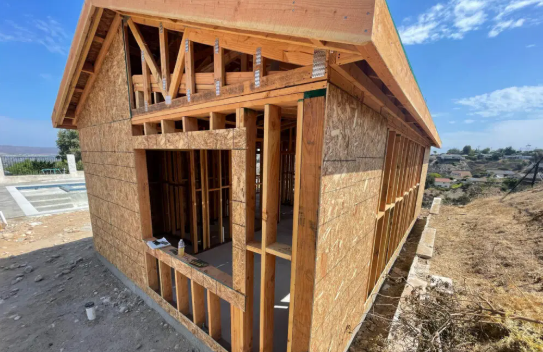2025 ADU legislation ushers in a game‑changing era. Property owners with multi-family buildings can build up to 8 detached ADUs, based on their existing units. The permit process has become much faster with pre-approved plans that take just 30-60 days. The 2025 ADU rules have removed major barriers that held back homeowners and investors. Property investors can now build ADUs without living on the property. On top of that, homeowners can now legalize unpermitted ADUs built before 2020 with fewer penalties if they meet simple safety standards. SB 9 will give a consistent framework between state and local ADU regulations, which stops cities from creating unnecessary roadblocks. These updates create fresh opportunities for homeowners and investors alike. The new rules have eliminated parking requirements for garage conversions and simplified design guidelines. This transformation shows California’s commitment to tackling housing needs. Let us help you understand how to work with both state and local requirements.
2025 ADU Legislation: What Changed and Why
The housing crisis and legislative response
California faces a severe housing shortage. The California Department of Housing and Community Development reports that builders completed less than half the needed homes to match population growth over the last decade. This lack of housing has caused costs to rise substantially, especially when you have renters. The COVID-19 pandemic and increasing wildfire frequency made these challenges even worse.
The state legislature has passed many bills since 2017 to tackle this crisis. The original push for ADUs started that year when California made local jurisdictions allow accessory dwelling units in all zones that permit single-family residences. Some municipalities didn’t want to cooperate. This resistance led the legislature to pass five new bills in 2019. These bills made approval processes more efficient and removed barriers like minimum lot size requirements.
The results were clear – ADU permits in California jumped from about 6,000 in 2018 to almost 16,000 in 2019. Completed units more than tripled from 2,000 to almost 7,000 during that same period.
Goals of the 2025 ADU reforms
The 2025 ADU legislation builds on previous success with several key objectives:
The legislature sees ADUs as “an essential component of California’s housing supply.” These units “offer lower cost housing to meet the needs of existing and future residents within existing neighborhoods”. This approach expands housing in residential areas without major changes to neighborhood character.
The reforms target persistent construction barriers. We have a long way to go, but we can build on this progress. The high average cost of building an ADU ($167,000) and financing difficulties remain major hurdles. The 2025 reforms address these challenges through:
- Greater flexibility for multifamily properties – SB 1211 allows more ADUs on existing multifamily properties, up to 25% of existing units plus up to eight detached ADUs
- Simplified legalization of unpermitted units – AB 2533 expands the amnesty program for previously unpermitted ADUs built before January 2020
- Improved coastal access – SB 1077 addresses the historically slower permitting timelines in coastal zones
The legislation wants to ensure consistent ADU regulations across the state. Local ordinances that don’t match the 2025 changes become null and void as of January 1, 2025. This prevents municipalities from creating restrictive barriers that undermine state housing goals.
Key Bills Shaping the 2025 ADU Landscape
California’s 2025 ADU legislation builds on several groundbreaking bills. Each bill tackles specific obstacles that prevent accessory dwelling unit development.
SB 9: Removing local barriers to ADUs
Senate Bill 9 (Arreguin) tackles a persistent challenge in ADU construction – local regulations that don’t align with state goals. The California Department of Housing and Community Development (HCD) now has more power to void local ADU ordinances that clash with state law. State ADU standards automatically take effect until local governments create compliant rules. This change targets local authorities that created restrictive rules that work against California’s housing goals.
AB 1154: Clarifying JADU rules
Assembly Bill 1154 (Carrillo) makes Junior ADU regulations crystal clear. The bill removes owner-occupancy rules for JADUs with their own bathrooms. ADUs under 500 square feet no longer need parking spaces. The bill requires JADU rentals to last more than 30 days, which stops short-term rentals. These updates create clear standards for smaller ADUs and fix confusion from overlapping rules.
AB 1308: Inspection timelines and enforcement
Assembly Bill 1308 (Hoover) speeds up construction by setting strict inspection deadlines. Homeowners can now bring in private professional inspectors when local departments take more than 30 days. Building departments must provide occupancy certificates within 14 days after receiving inspection reports. This change helps projects finish faster.
AB 595: Expanding affordable homeownership
Assembly Bill 595 (Carrillo) looks beyond ADUs to solve homeownership challenges. The bill creates a pilot program that uses tradable tax credits to fund affordable housing construction for moderate-income families. African American and Latino homeownership rates lag behind white Californians by 26% and 19% respectively, making this bill crucial. Unlike traditional down payment help programs, AB 595 targets

